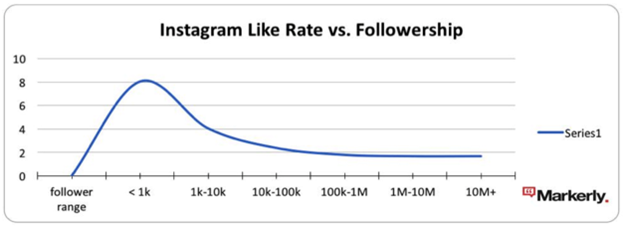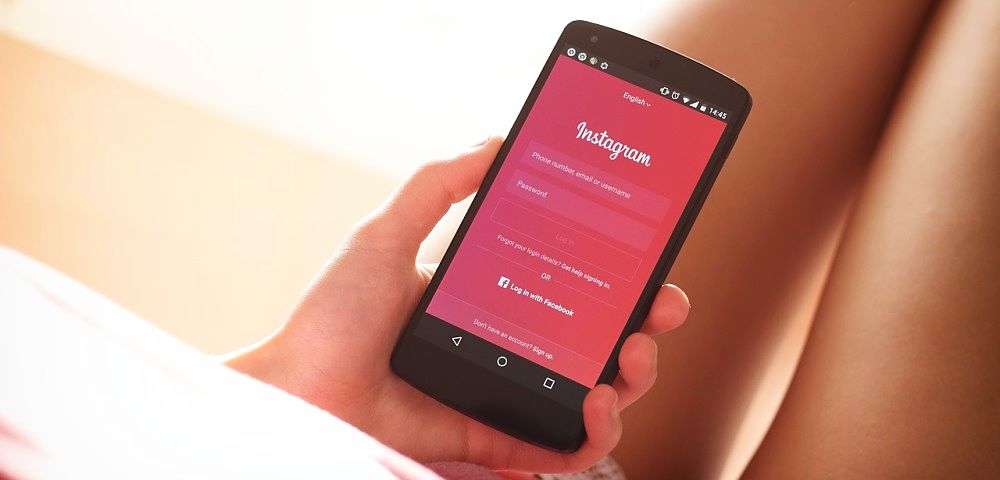Make Way for Micro Influencers: How They Can Save Marketers Money and Produce Better Results
Influencer marketing is a useful tool in your public relations and marketing marketing toolbelt. Top brands pay big money to social media influences who post about their products and services. On Instagram, influencer marketing is estimated to be a billion-dollar game. According to MediaKix, it could reach two billion by 2019.
The reason why is simple: it works. As the owner of a public relations and marketing agency that uses a team of influencers to promote our clients’ work, I’ve seen first-hand the power of influencer marketing. The ROI can be huge, because, unlike traditional types of advertising that push features and benefits in a salesy way, influencer marketing taps into the psychology of getting a recommendation from a faithful friend. Influencers achieve their status because they are perceived as peers who have insider knowledge. Simply stated, their opinions and product reviews are trusted.
As influencer marketing grows, the newest trend is moving toward micro-influencers. No longer do brands have to pay tens of thousands of dollars to have a big-name influencer promote their product. Now, influencers with relatively small platforms and fewer followers are successfully promoting products and services.
How can lesser-known influencers with fewer followers be driving better results? Let’s take a step back and look at the two primary benefits from influencer marketing.
The Two Main Benefits of Influencer Marketing
First, the brand gets exposure by tapping into the influencer’s expansive audience. The bigger the influencer’s audience, the more people the brand can theoretically reach. Because the influencer has built up an audience on social media, the brand can market to that audience in much the same way traditional advertising targeted specific demographics through radio and TV advertising.
The second benefit is being able to tap into a specific demographic. The followers of the influencer have interests aligned with who the influencer is. For example, if the influencer is known for doing makeup tutorials, then her fanbase is likely interested in makeup tips, making her the perfect influencer for a makeup brand.
Being able to laser-target the exact audience one wants for their brand is key when it comes to successful influencer marketing. And this is where the advantage of micro influencers is beginning to be realized. Rather than paying a big-name influencer $10,000 to tweet to her network of five million fans, a brand can instead pay a micro influencer $100 to reach her 5,000 fans. The benefits can be greater to the brand, because the fans of the micro influencer are a narrow, focused demographic, and the ROI is greater, especially when the lower cost is taken into consideration.
Micro-influencer marketing is like stripping away the fluff. Brands can drill down to a core audience who is extremely interested in their product.
Less Is More when It Comes to Influencer Marketing
A recent study by Markerly reveals data to support the idea that less may be more when it comes to influencer marketing. They conducted research on over five million Instagram posts, and they discovered the rate of engagement of influencer accounts decreases with an increase of followers.

They also saw the same slope to the curve when evaluating comments vs. followership on Instagram. According to their data, Markerly claims, “Users with less than 1,000 followers generate comments about 0.5% of the time, compared to 0.04% for those with 10M+ followers—a difference of nearly 13x.”

Markerly goes on to say the “sweet spot” for influencers is in the 10k to 100k follower range. “We believe influencers in the 10k-100k follower range offer the best combination of engagement and broad reach, with like and comment rates that exceed influencers with higher followers. You’re still getting a large audience, but you know those followers are keyed into what your influencer is all about. These micro-influencers will move the needle for your brand and cost a fraction of what you would pay a mega-celebrity.”
How Can You Strategize a Micro Influencer Marketing?
How can brands put this information to use? I recommend creating an influencer strategy that uses more micro and mid-sized influencers, and fewer big-name influencers. Look for influencers who are up and coming and give them the opportunity that others might not. In addition to being able to reach a more laser-focused audience for your product or service, you may also save money.
Next, and your CFO will love me for telling you this, decrease your influencer budget. Because savvy marketers know how important it is to establish their metrics, measure the KPIs of the large influencers’ results against the micro influencers’ results. Chances are you will be able to get better results with a smaller investment.
You may need to allocate more time to a team of micro influencers. One of the benefits of working with a small number of large influencers is there is less time needed to manage them. Coordinating a large team of micro influencers can be a bit like herding cats, and you will need to allocate time and resources to make sure you are maximizing them accordingly.
My best advice to managing a team of micro influencers is to be organized, clearly define their goals, and keep track of their performance. My company does this by creating a regular calendar, so our influencers know when to expect products to promote (in our case, we provide them with books to review). We send our influencers a monthly newsletter with all the information they need, which is organized and easy to understand. We also reward our influencers with contests and prizes for doing an exceptional job.
Do you need advice on creating a micro influencer team? Feel free to contact me through the Black Château website and let me know how we can help.
If you have influencer marketing advice or tips, please share them in the comments below. Join the conversations, and let’s share ideas.




